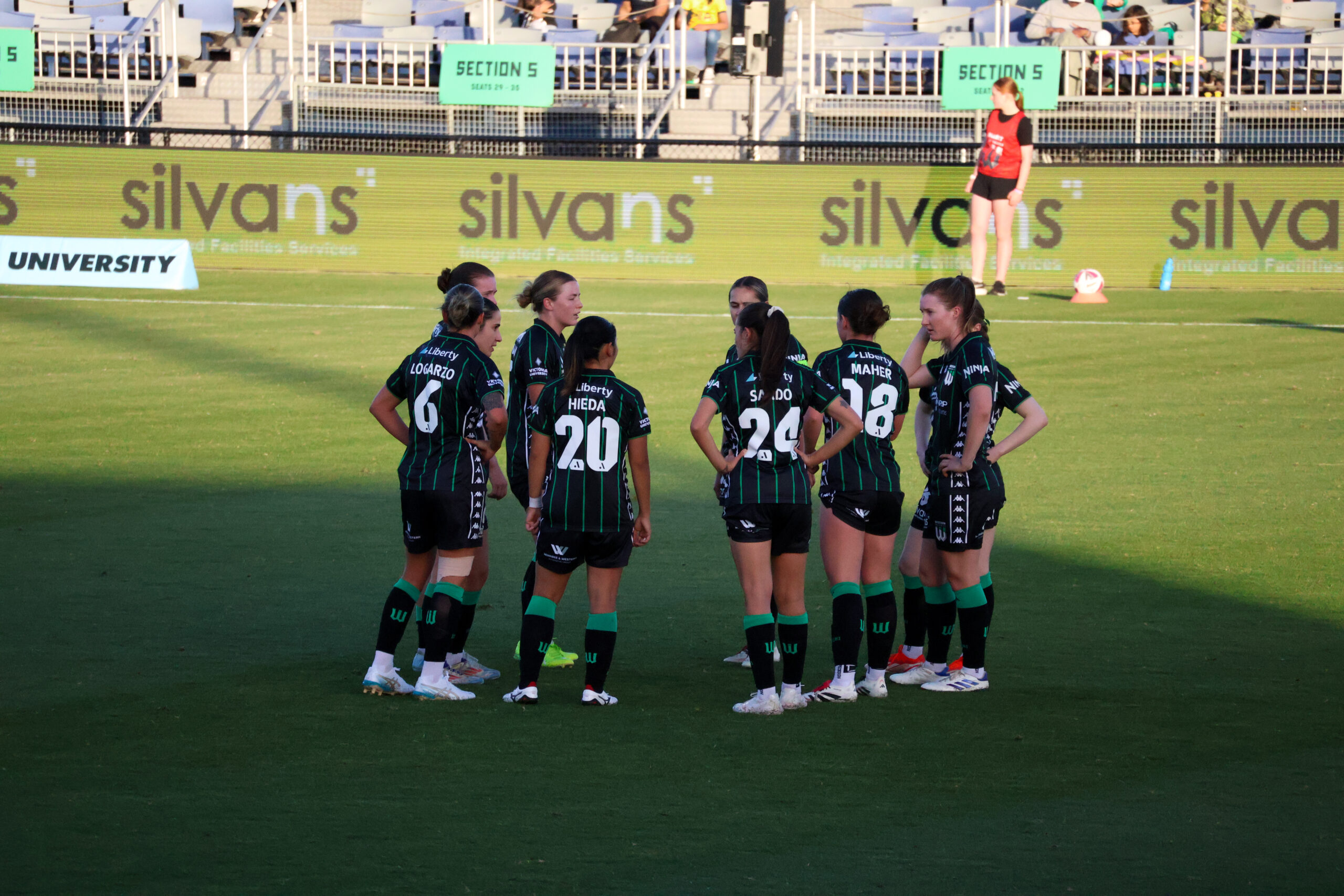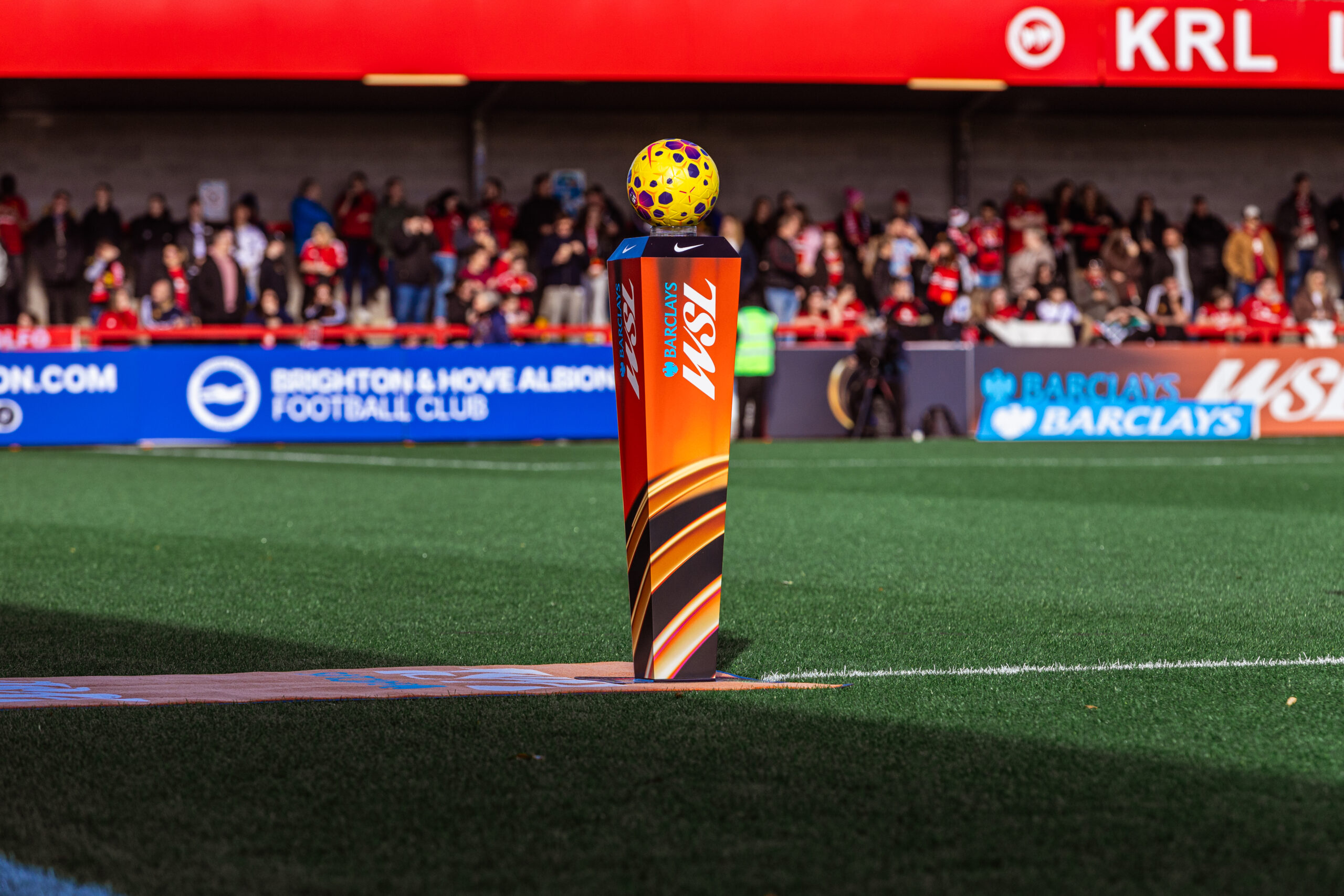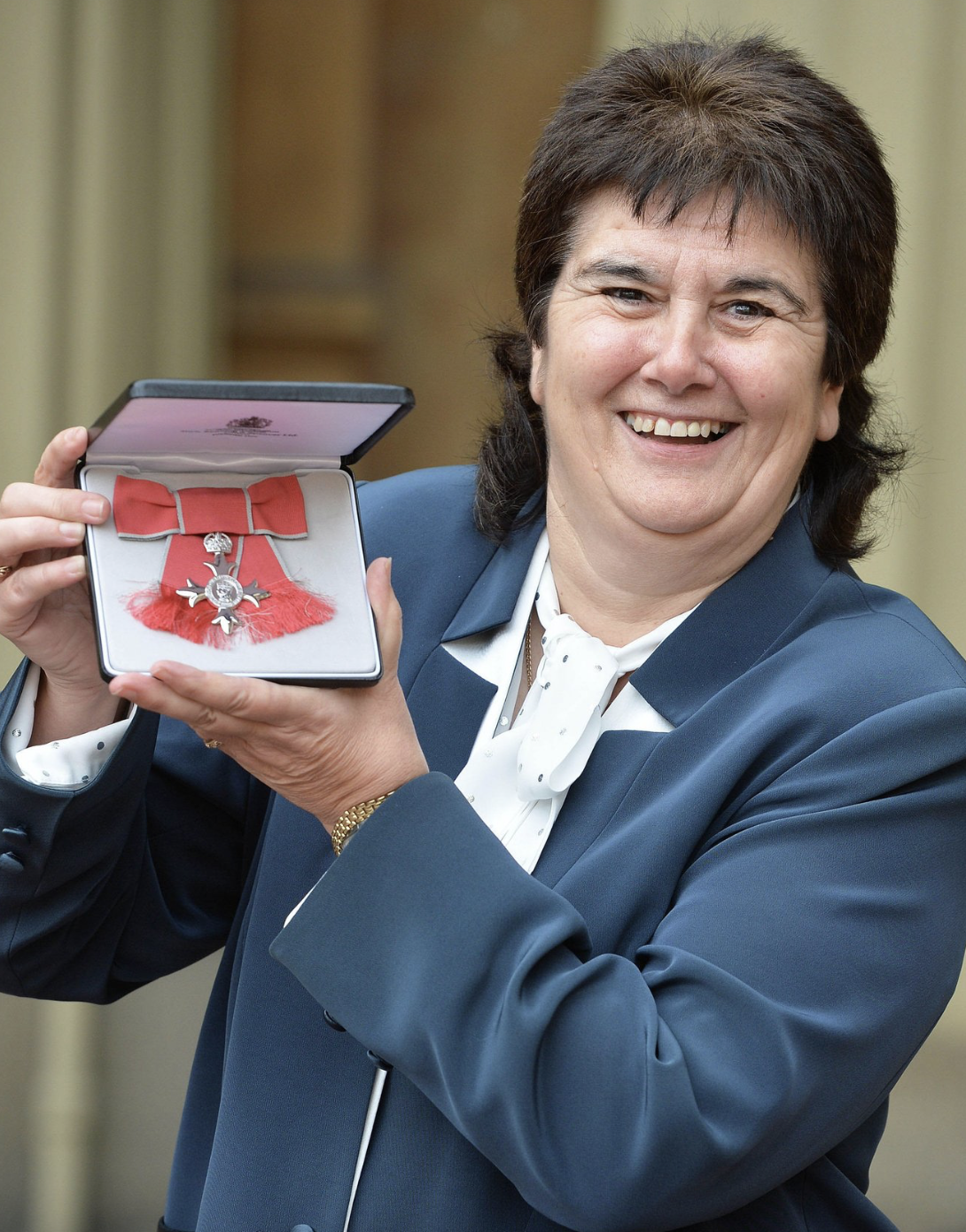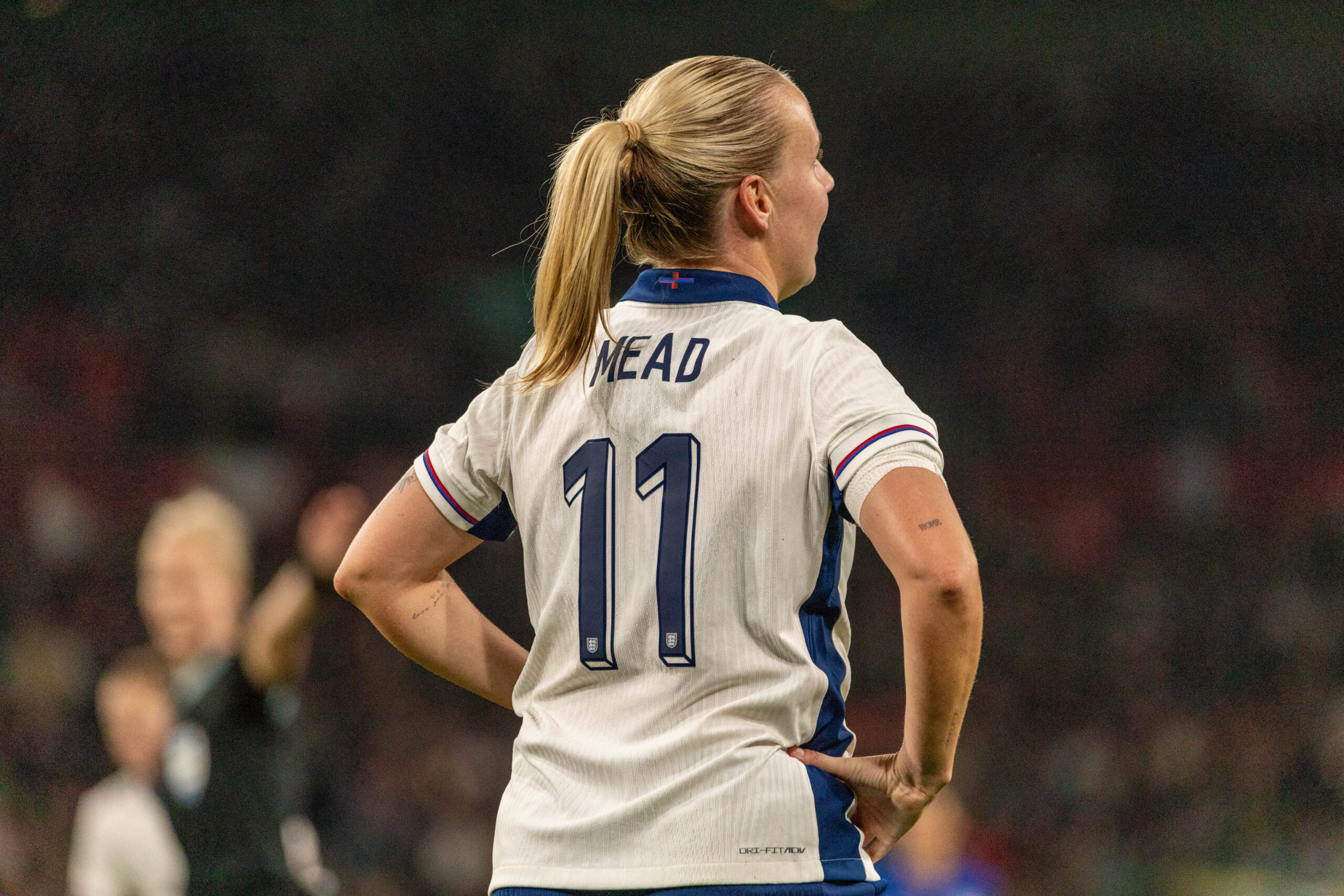The A-League Women (ALW), Australia’s premier women’s football competition, stands at a crossroads. While the league has witnessed significant growth in viewership and attendance, its semi-professional status poses challenges that threaten its sustainability and the development of Australian women’s football.
As of the 2023-24 season, the minimum remuneration for ALW players increased to $25,000 for a 35-week contract, aligning with the league’s extended home-and-away schedule. Despite this increase, many players still face financial instability. A staggering 62% of ALW players are compelled to take on second jobs to support themselves financially, with nearly half of them working over 20 hours per week outside football.
Even the top stars of the A-League Women have to work these second, or even third, jobs to support themselves. When Sophie Harding got the call that she was selected for the Matildas, she was on a ten hour shift working as a disability support worker. For some, it becomes too much, so they have to quit football. Beattie Goad, one of the most beloved and talented players in Australia, just finished her professional career to become a doctor. While this is obviously an admirable venture, one has to ask what the A-league is doing to encourage players to keep playing. The Dub cannot grow if its players have full-time jobs they juggle alongside their football commitments.
This part-time status not only affects players’ financial well-being but also their physical and mental health. The demands of balancing football with other employment can lead to burnout and diminished performance, both on and off the field. Players have to fully commit their lives, bodies, and time to the game, but are only awarded with a semi-professional level salary. The A-League Women simply must become a full-time league if they want to compete with other top leagues worldwide.
An overwhelming 96% of ALW players advocate for the league’s transition to full-time professionalism by the 2026-27 season. This consensus underscores the urgency of the situation. Players argue that without this shift, the league risks falling behind global standards and losing emerging talent to more established competitions abroad. Without a flourishing league in Australia, the national team set-up for all age groups will struggle. As evidenced by the USA, England, Spain, Japan, and France, the teams competing to be the best in the world are the ones with full-time professional leagues. In France, even the second tier is fully professional.
These international leagues have set a high benchmark for women’s football. For instance, players in the National Women’s Soccer League (NWSL) and the Women’s Super League (WSL) enjoy average salaries of $93,000 and $60,000, respectively. In contrast, ALW players’ earnings are significantly lower, prompting many to seek opportunities overseas.
Every year, the talents of the ALW leave for ‘bigger and better things‘. While it is celebrated as a great success when the top players, like Sharn Freier and Cortnee Vine leave for the some of the best clubs in the world in Wolfsburg and North Carolina Courage, it is harder to celebrate when they cite the better financial and professional conditions as their reason for departure. This highlights the pressing need for the ALW to enhance its offerings to retain top talent. Without a change, very few top players will remain on home soil and the ALW will struggle to find continuous support from the fans who are attracted to star power.
Professional Footballers Australia (PFA) has highlighted that the current semi-professional structure limits player welfare and competition quality. Additionally, the tension of balancing football careers with other jobs strains players, while full-time contracts would provide consistent medical, facility support, and fair pay.
To ensure the ALW’s sustainability and growth, Australian Professional Leagues (APL) need to take measures that bring about positive change. The most critical step is to implement full-time contracts for all players by the 2026-27 season. Secondly, enhance player remuneration to provide financial stability, allowing players to focus solely on their football careers. The APL and the clubs themselves should invest in training facilities, medical support, and player welfare programs to foster a professional environment. Developing strategic partnerships and sponsorships to boost the league’s financial resources and visibility is another key measure. Lastly, utilising events like the upcoming AFC Women’s Asian Cup to showcase the league’s potential and attract global attention, while using league events such as Pride round, finals matches, and club participation in the Asian Champions League to draw eyes.
The A-League Women stands at a critical juncture. While the league has certainly made strides in promoting women’s football in Australia, its semi-professional status poses significant challenges. By transitioning to full-time professionalism, the ALW can ensure its sustainability, retain top talent, and continue to contribute to the growth of women’s football on the global stage.



